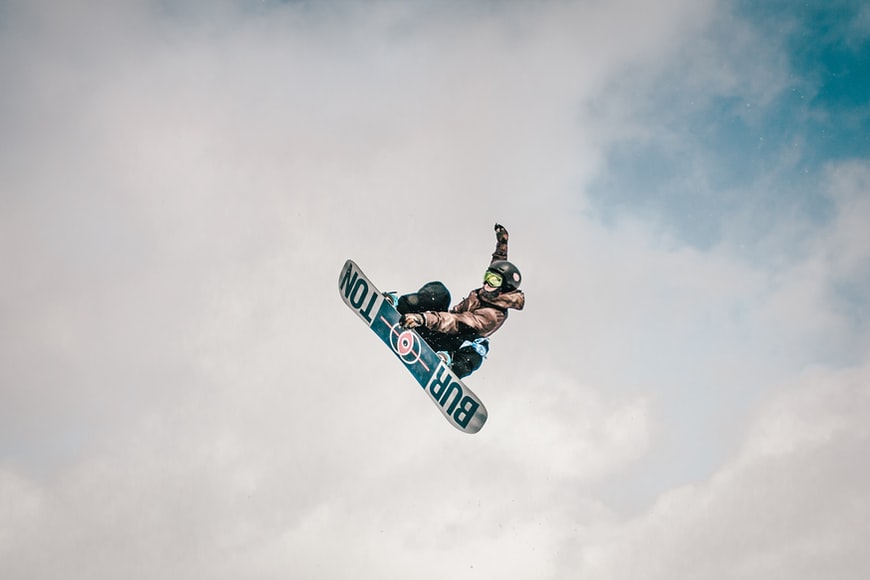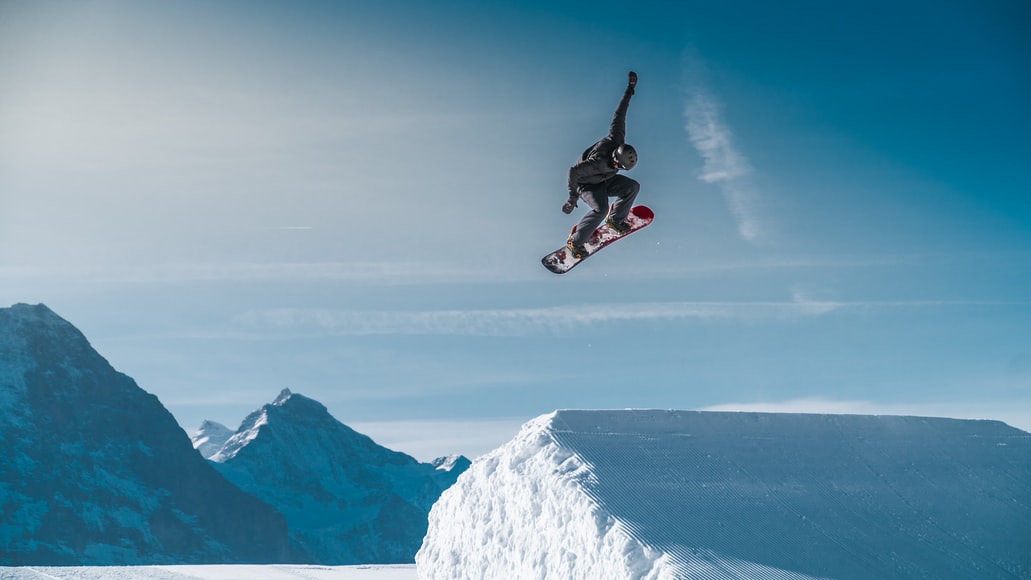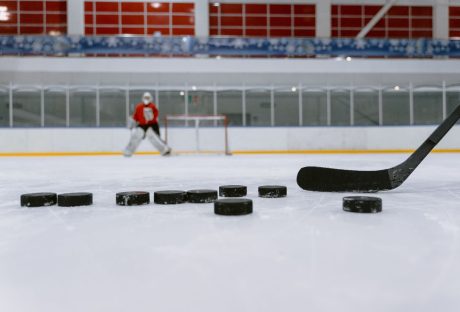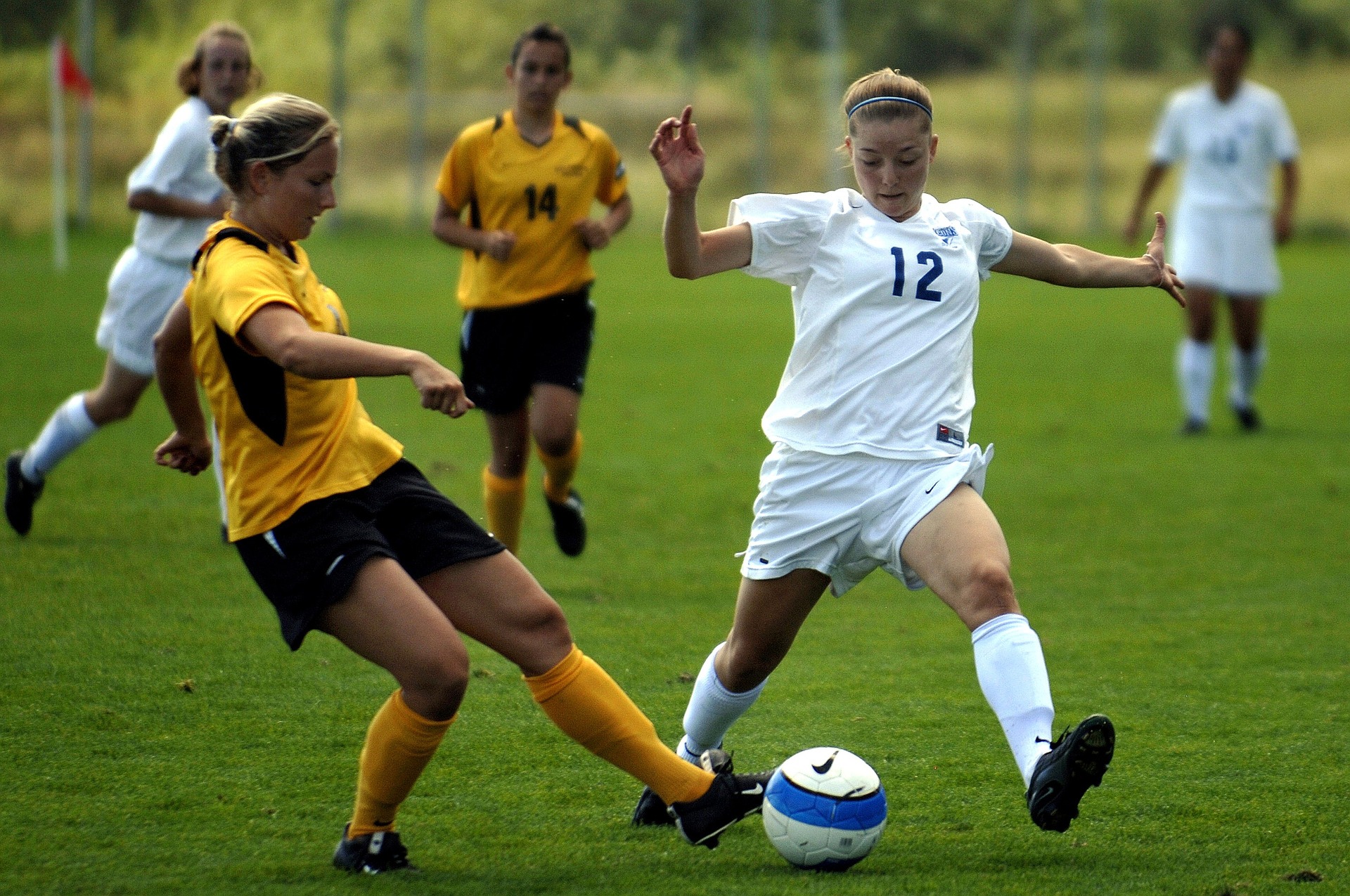Snowboarding is the sport of adventurers! The icy cold, the rushing wind, and the epic views are what draw in this rough and tumble crowd. Beginners often become overwhelmed by all the equipment and safety talks, so to keep you from getting deterred, we are going to give you 5 simple tips!
1. Picking The Right Board
When you go board shopping for the first time, you might be taken back by how many boards are on display. A board is a board, right? Wrong! There are so many different ones for you to choose from, so picking the right one is super important.
Beginners should be using boards with rocker cambers. A rocker camber places a rock between your feet and has camber under each foot. These are safety features, like training wheels on a bike. The rocker will stop your board from catching the edges as you turn, and the camber will help you create edge digs to help you turn.
Only when you are feeling confident in your turning skills should you pick a board without these features. At that point, you can pick mountain boards. When you are feeling super confident, then you can move to freestyle boards.
Similar Reads: Ways to Play the Puck at Home
2. Be Sure To Have Appropriate Gear Which Fits
The right gear is essential for making you safe, but all the gloves and bindings in the world won’t protect you if they don’t fit.
If your boots are too small, you will find it hard to turn and maneuver, and at the end of the sloop, you may end up with a sprained ankle.
In fact, our boot gear is one of the most essential pieces of equipment to get right. Your toes should be able to feel the end of your boot, but not so much that they curl or have pressure against them.
Your bindings should have the same feeling. You want them to keep you attached to the board while allowing you to turn as appropriate. If you are not sure what size of blinding or shoes you should be buying, then click here for more information.
Similar Reads: American Football Rules
3. Start Snowboarding Lessons
It might be tempting to rush straight to the snow, but without proper training, you won’t make it far, and you will risk developing an injury.
The lessons you learn in snowboarding classes will teach you how to fall correctly without damaging yourself, it will give you the confidence to make dramatic movements for cooler tricks, and it will teach you how to move the board for speed and control.
You don’t need a lot of training to get started, and if you don’t mind staying at a beginner level, you can just go to one starter class. But if you want to learn to take on bigger mountains and cooler trickers, you should advance through the programs.
Related Reads: Ad-in And Ad-out Meaning In Tennis
4. Look Towards Your Path
A common mistake that most newbies make is looking at their feet. They want to make sure their feet are going through the motions correctly, and it is a natural response, but focusing on your feet will stop you from preparing for the bumps ahead. This response is called object fixation.
You know that your calves, feet, and core are controlling your movements, so you want to watch them make sure their form is correct. Instead, you need to be confident in your body’s ability to react. Your feet need your eyes to tell them what to do. Try to relax and let the movement happen without your glaring surveillance.
You should look forward to the path you are taking so you can avoid trees, get out of the way of other snowboarders, and keep yourself upright.
5. Bend Your Knees
Looking straight is the first rule, bending your knees is the second. You will encounter bumps, dips, and quick reactions while you’re snowboarding. To make sure your body doesn’t buckle under the impact, you need to bend your knees. This way, your legs act as a suspension, and you can absorb this rough terrain and react quickly to the area around you.
This doesn’t mean you should be sitting on a fake chair to create a 90-degree angle. Instead, you should be making your knees a little loose and bouncy, creating a spring.
Adjusting your knees like this is the best way to control your speed too. Having this bouncy connection to the ground will allow you to keep your low aerodynamic shape even if the ground beneath you isn’t smooth.
Read Also:

























